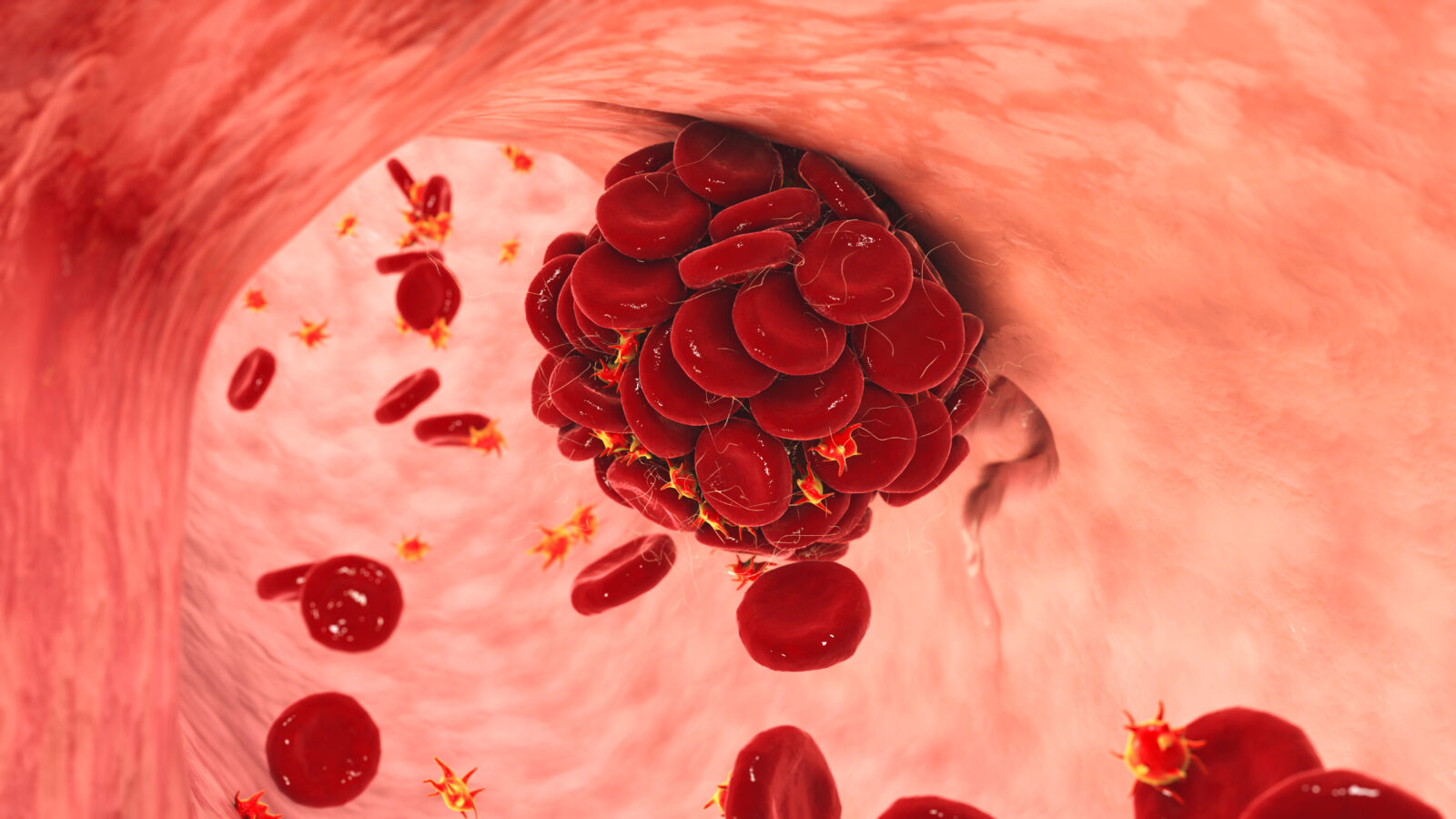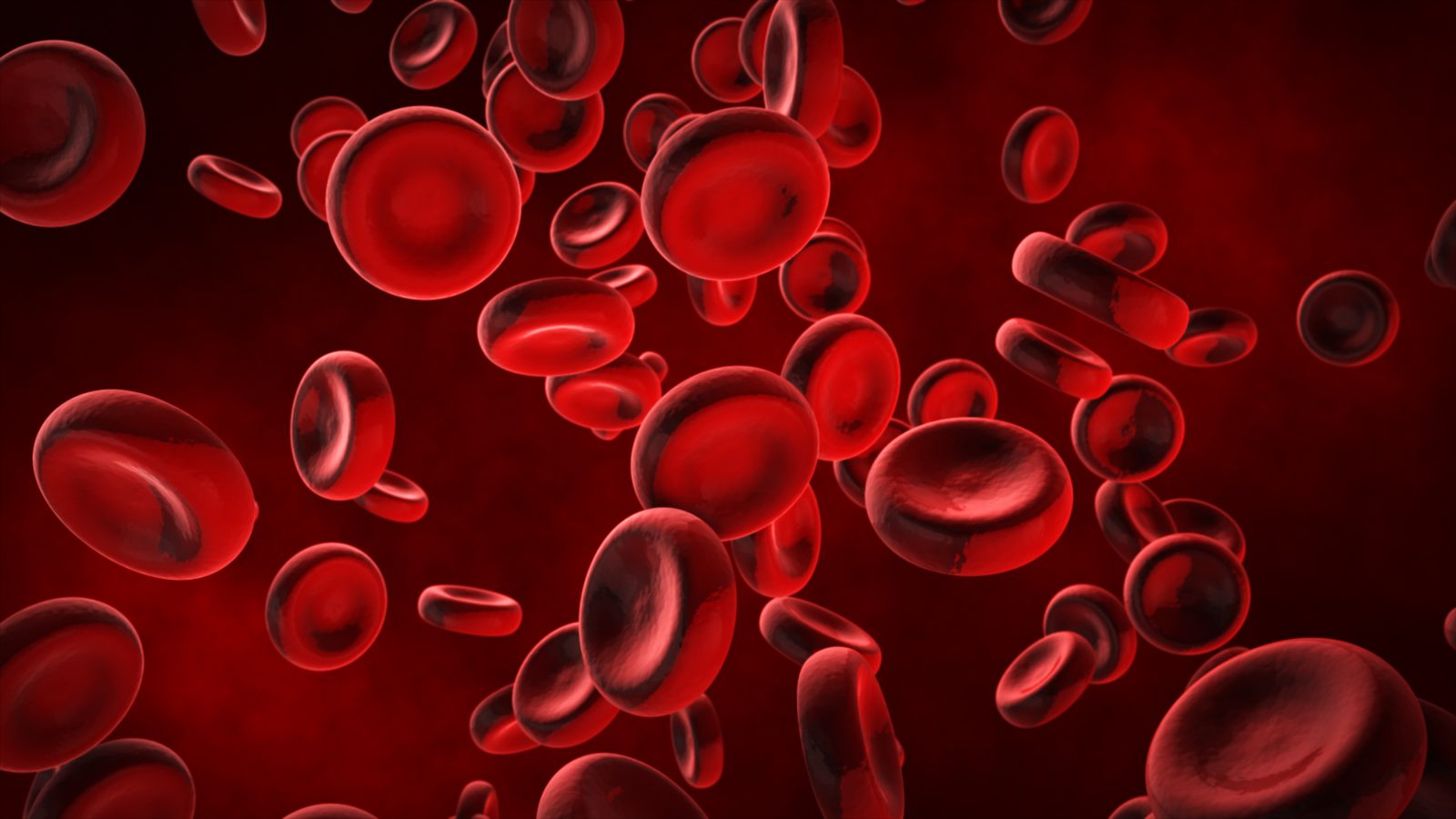


Michael Behe and Michael Medved Explore Secrets of the Cell
On today’s ID the Future, Michael Medved interviews biologist Michael Behe about Behe’s visually stunning YouTube series, Secrets of the Cell. Behe summarizes one of the key messages of the video series, namely that everything from the life-essential blood clotting system to a myriad of crucial protein structures in our bodies increasingly appear to be far beyond the reach of blind evolutionary mechanisms to build. Instead they appear to be the work of planning and purpose, which is the purview of mind. Meanwhile, even many mainstream evolutionists are growing skeptical of neo-Darwinism, Behe says, as biologists continue to uncover more and more layers of cellular sophistication. The emerging field of metagenomics, he says, is a case in point. Medved also mentions a recent article in World magazine where Behe also lays out a case for intelligent design The piece is here.

Behe Counters the Best Objections to Irreducible Complexity and ID, Pt 2
Today’s ID the Future continues A Mousetrap for Darwin author Michael Behe’s conversation with philosopher Pat Flynn, focused on some of the more substantive objections to Behe’s case for intelligent design in biology. In this segment the pair discuss the bacterial flagellum, the cilium, and the blood clotting cascade, and tackle critiques from Alvin Plantinga, Graham Oppy, Russell Doolittle, Kenneth Miller, and others. This interview is posted here by permission of Pat Flynn.

Michael Behe’s Mousetrap on the Edge
On this ID the Future Lehigh University biologist Michael Behe dives deeper into A Mousetrap for Darwin. Behe and host Eric Anderson pivot to the new book’s section defending Behe’s earlier work, The Edge of Evolution. In that earlier book, Behe reviewed hard data from evolution studies of malaria parasites, HIV, and E. coli, showed that blind evolutionary processes face severe limits as to what they can build, and argued that intelligent design was required for the origin of life’s great diversity. In this new conversation Behe touches on some of the attempts to refute that argument and suggests why those refutations fail. For a more in-depth look at his defense of The Edge of Evolution, get your copy of A Mousetrap for Darwin: Michael J. Behe Answers His Critics and check out Part 3 of the book.

Behe: Blood Clotting Remains a Mousetrap for Darwin
On this ID the Future, Michael Behe continues discussing his new book, A Mousetrap for Darwin, with host Eric Anderson. Here the focus is the blood clotting cascade. Behe has argued it’s irreducibly complex, like a mousetrap, and that blind evolution couldn’t build it one small functional step at a time. Behe says a better explanation is that it was intelligently designed. His critics have responded to his argument over the years. Here Behe returns the favor. His most prominent interlocutor on the matter is the recently deceased Russell Doolittle. Behe shows that Doolittle misread the paper he relied on to refute Behe. Professor Behe also responds to Kenneth Miller and Keith Robison. According to Behe, his critics have managed to provide little more than hand waving, smoke screens, and the sweeping of crucial problems under the rug. Tune in to catch some of the back and forth, and for a deeper dive into this challenge to modern evolutionary theory, pick up a copy of Behe’s new book.